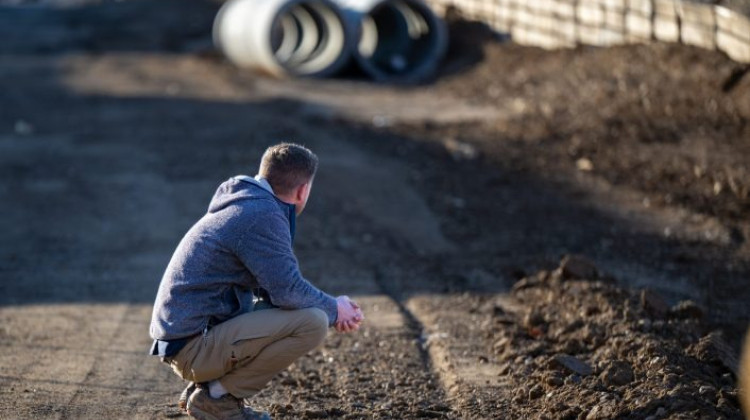
Jeremy Wilson, a bioarchaeologist at Indiana University Indianapolis, pauses to reflect on what still lies buried at the Greenlawn Cemetery site Nov. 13, 2025.
Doug McSchooler for Mirror IndyJust southeast of Mile Square, near the banks of the White River, a 1.5-mile strip of land sits at the crossroads of Indianapolis’ past and future.
Roughly a year ago, no one knew exactly what archaeologists would find when they started excavating the graves of some of Indy’s earliest residents.
Now, archaeologists have put down their brushes and sieves. It took nearly a year and a team of about 100 to excavate the land that overlaps with two of four historic cemeteries collectively known as Greenlawn.
The work has cleared the way for infrastructure related to the Henry Street bridge project. Construction crews can now proceed without the chance of disturbing someone’s grave.
“We go back through and check and double check and even triple check at times. We make sure that we’re down to a depth where we have not found any human remains,” said Ryan Peterson, a Stantec archaeologist and one of the leads on the project.
“That’s one of the things that we are most meticulous about,” he said, “because we want to make sure that we don’t leave anybody behind.”
What archaeologists found
Since October 2024, archaeologists have uncovered 1,709 grave shafts, with a vast majority of those graves containing human remains, Peterson said.
Aside from human remains, archeologists recovered other items such as buttons, pieces of grave markers and jewelry. Stantec, the archaeological firm hired by the city, is studying and documenting these items.
One interesting finding from the excavation was the density of burials in the area of the oldest cemetery, said Jeremy Wilson, a bioarchaeologist at Indiana University Indianapolis. That’s posed a challenge for his lab.
“We have to … make sure we are associating each skeletal element with the correct person for reburial,” Wilson said. That becomes harder if multiple sets of remains are buried within one grave.
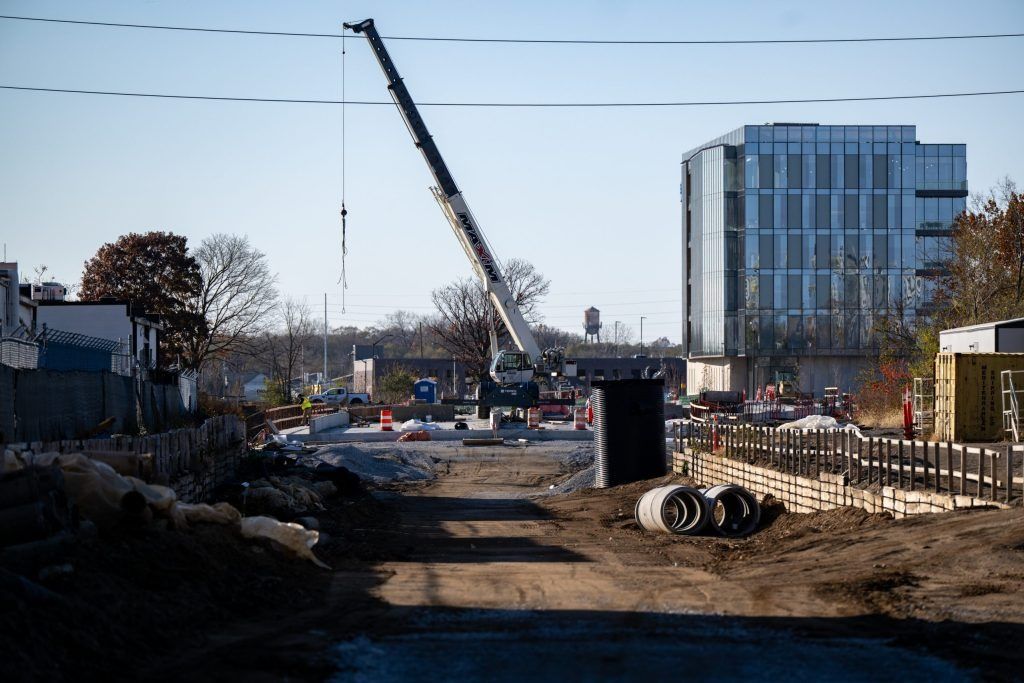
There has also been the challenge of finding skeletal remains outside of graves, and trying to make sure those elements are reunited with the rest of the remains.
Wilson said that’s a testament to all of the ways the land has been used over the past century. It’s been home to a train terminal and a baseball stadium, as well as other types of infrastructure.
What about the rest of the site?
Eunice Trotter, director of the Black Heritage Preservation Program at Indiana Landmarks and an advocate for the excavation of the site, said she is glad this is the city’s approach to the project.
“I am really happy that the city did decide to do the right thing,” she said.
But looming over the site is a bigger question: What is the future of the much larger, privately owned site to the north?
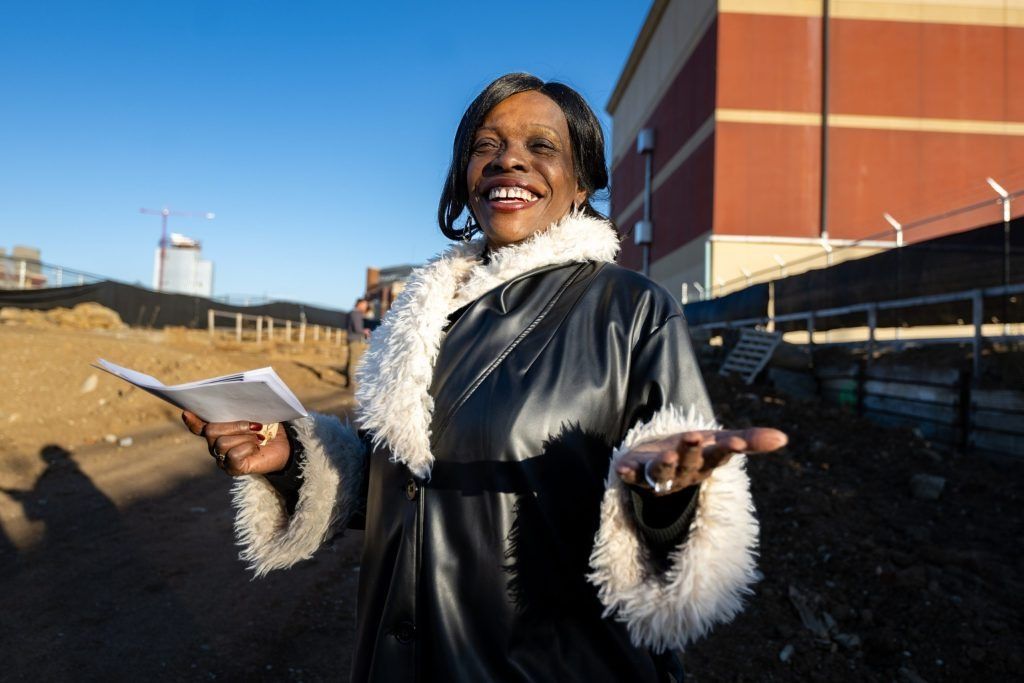
The city’s site overlaps with two of four historic cemeteries collectively known as Greenlawn. The other portions of the historic cemetery are privately owned by Indianapolis-based developer Keystone Group.
The company had been planning on building Eleven Park, a $1.5 billion development anchored by a 20,000-seat soccer stadium. But those plans were upended when Mayor Joe Hogsett pulled support for the project last year.
Since then, company representatives have rarely spoken publicly about the site. A Keystone spokesperson did not respond immediately to emailed questions for this story. And except for the changing number and types of vehicles parked there, little about the site has changed.
Trotter hopes that any plans for the site will mimic the city’s approach.
“They’ve set the example,” she said.
Still a lot of work ahead
The exact number of individuals who have been recovered is yet to be determined. That work continues daily in Wilson’s lab, carried out by a group of about 25 undergraduate and graduate students. About 500 sets of remains have been analyzed so far.
Wilson and his students are creating profiles for the individuals who have been uncovered. Those profiles will include information on the person’s approximate age at death, sex, ancestry and physical conditions occurring at or before death.
After the remains and artifacts are studied, they will be reinterred. Care will be taken to rebury artifacts with the individuals they were originally buried with. Until then, the remains will be stored in a secure facility.
The city continues to post updates on the project on a dedicated website.
Mirror Indy, a nonprofit newsroom, is funded through grants and donations from individuals, foundations and organizations.
Emily Hopkins is a Mirror Indy reporter focused on data and accountability. You can reach them on phone or Signal at 317-790-5268 or by email at emily.hopkins@mirrorindy.org. Follow them on most social media @indyemapolis or on Bluesky @emilyhopkins.bsky.social.
 DONATE
DONATE




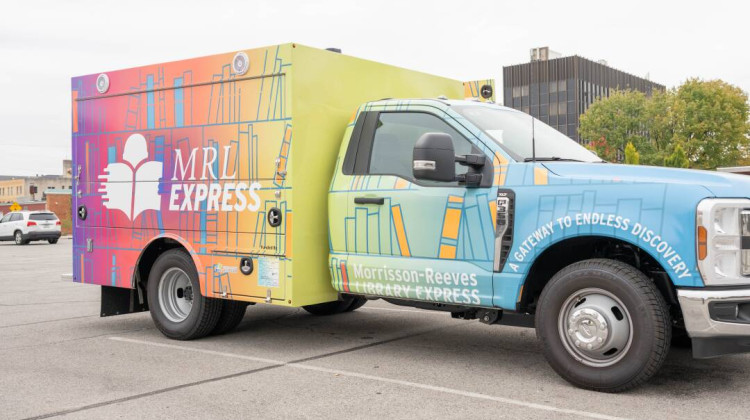

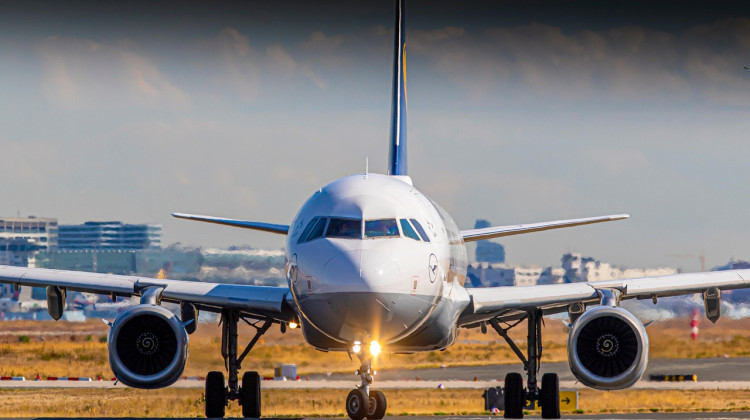

 Support WFYI. We can't do it without you.
Support WFYI. We can't do it without you.